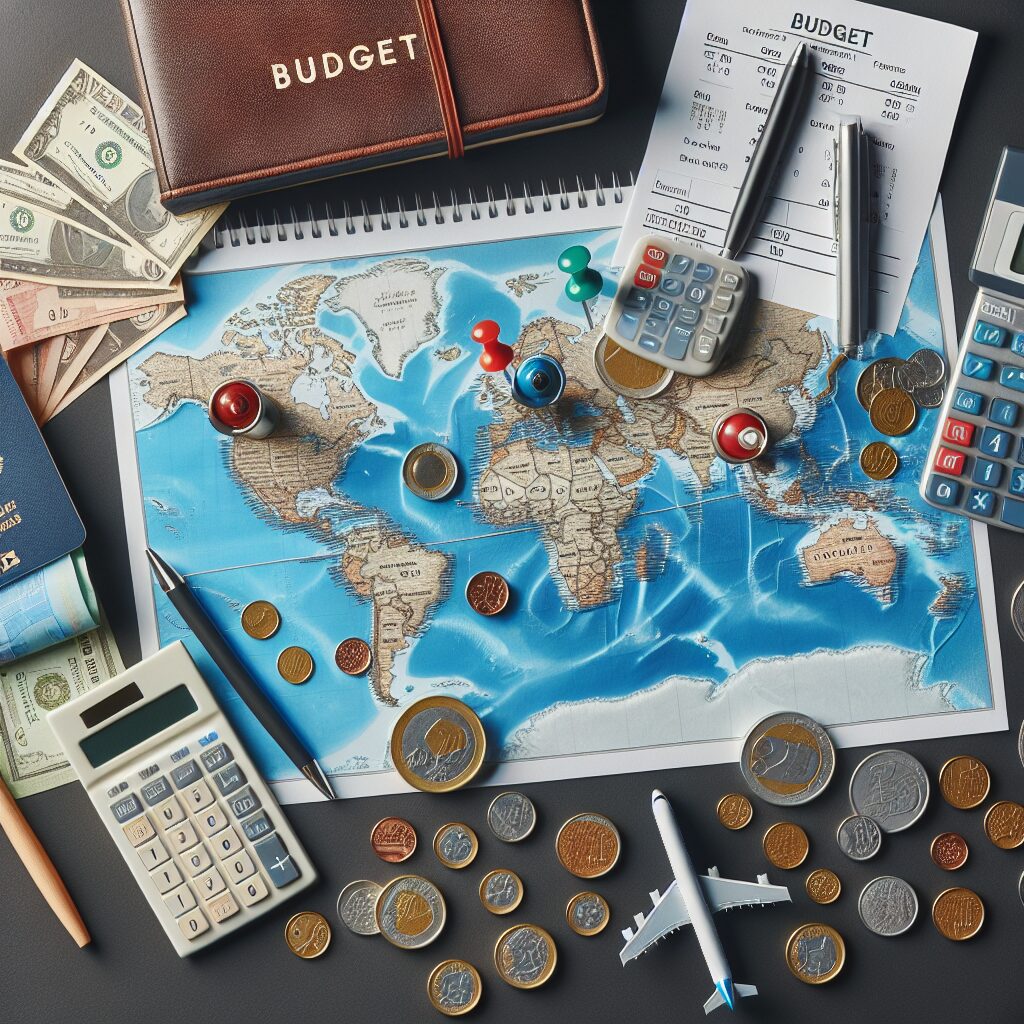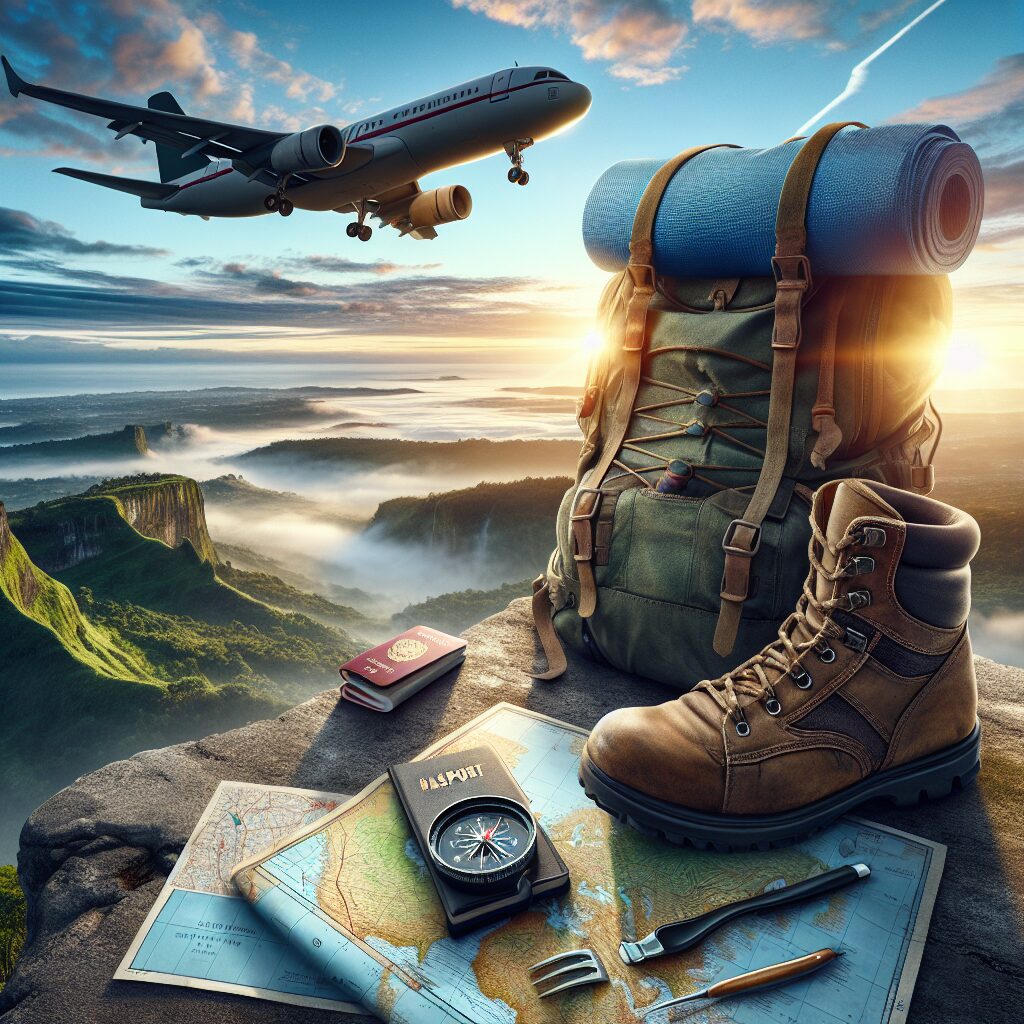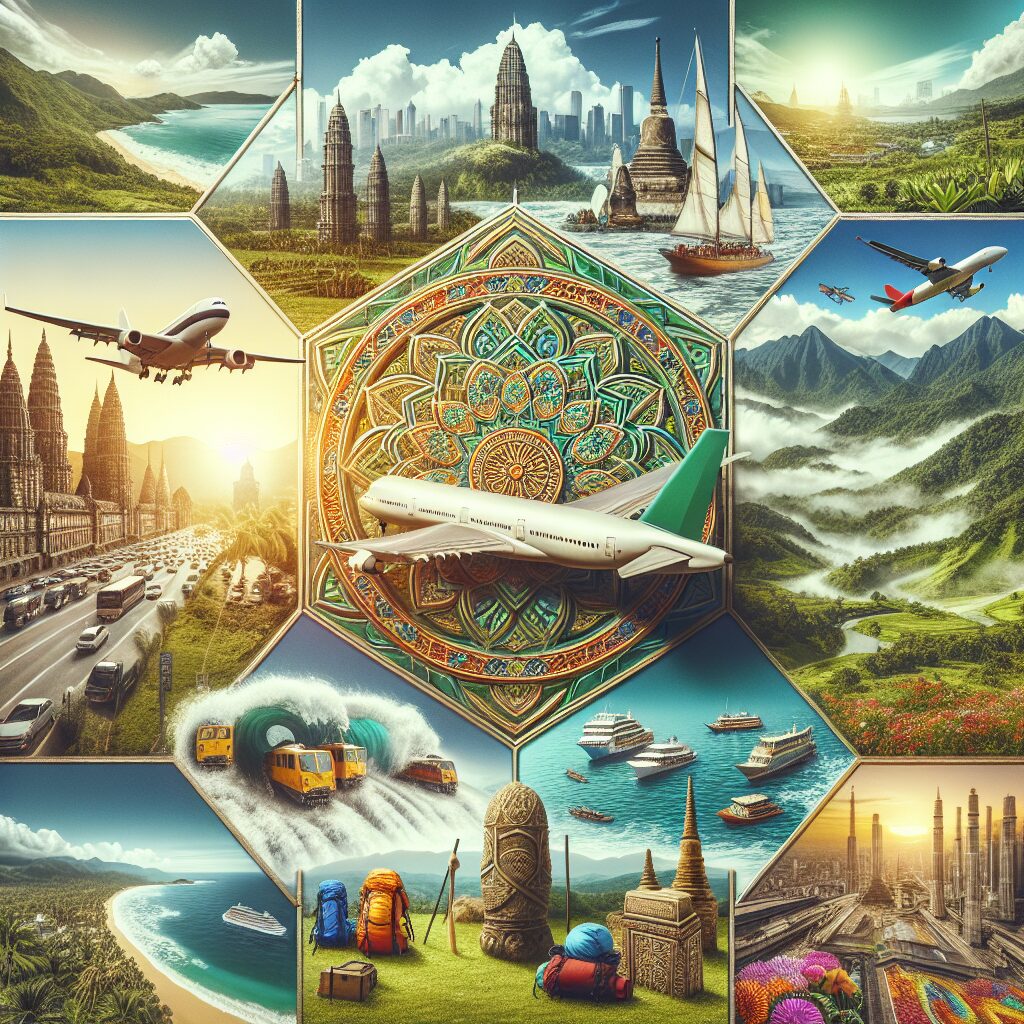Traveling with pets internationally can be an exciting and memorable experience for both you and your furry friend. However, it also requires careful planning and preparation to ensure a smooth journey for everyone involved. Did you know that each country has different regulations and requirements when it comes to traveling with pets? From vaccinations to quarantine periods, these guidelines are in place to protect the health and well-being of both animals and humans. In this article, we will explore some essential tips and guidelines for traveling with pets internationally, so you can be well-prepared and make the most out of your adventure.
One of the key impacts of traveling with pets internationally is the need to adhere to specific regulations and requirements set by different countries. These regulations may include the need for certain vaccinations, health certificates, and even quarantine periods upon arrival. Understanding and complying with these rules is crucial to avoid any unnecessary stress or issues during your trip. Additionally, traveling with pets may also have an impact on the choice of transport and accommodations, as not all airlines or hotels may be pet-friendly. Therefore, it is essential to do thorough research and plan ahead to ensure a comfortable and hassle-free journey for both you and your beloved pet.
Moving on to the key takeaways that will be discussed in the next part of this article, we will delve into important tips and guidelines that will help you navigate the process of traveling with pets internationally. From preparing the necessary documentation to ensuring the safety and well-being of your pet during the journey, we will provide you with the essential information you need to make your international travel with your furry friend a success. So, let’s dive in and discover how you can make your travel experience memorable and enjoyable for both you and your pet.
Key Takeaways
1. Research and comply with specific destination requirements: Before traveling internationally with your pet, it is important to thoroughly research and understand the specific requirements and regulations of your destination country. This may include obtaining necessary vaccinations, health certificates, and complying with quarantine or microchipping regulations.
2. Contact the airline or transportation provider in advance: It is essential to contact your chosen airline or transportation provider well in advance to inquire about their pet travel policies and procedures. Each airline may have different requirements and restrictions, so it is crucial to gather all relevant information and make necessary arrangements for your pet.
3. Plan and prepare for your pet’s comfort and safety: As a responsible pet owner, it is essential to plan and prepare for your pet’s comfort and safety during travel. This may involve selecting an appropriate travel crate, ensuring your pet is adequately hydrated and fed, providing necessary medications, and considering the duration of the journey to avoid any discomfort or stress for your pet.
4. Stay organized and keep important documents easily accessible: When traveling internationally with your pet, it is vital to stay organized and keep all necessary documents easily accessible. This includes carrying copies of your pet’s health certificates, vaccination records, and any other required documentation. It is also recommended to have contact information for a local veterinarian in your destination country.
5. Take necessary precautions and be mindful of your pet’s well-being: During international travel, it is crucial to take necessary precautions and be mindful of your pet’s well-being. These precautions may include keeping your pet on a leash or in a carrier, not leaving them unattended during layovers or transfers, and ensuring they have proper identification tags with your contact information. Additionally, it is important to monitor your pet’s behavior and well-being throughout the journey and seek medical attention if needed.
What are the SEO optimized tips and guidelines for traveling with pets internationally?
1. Research pet import regulations
Before traveling with your pet internationally, it is crucial to research and understand the pet import regulations of your destination country. Each country has its own specific requirements, such as vaccination records, health certificates, microchipping, and quarantine periods. Make sure to familiarize yourself with these regulations well in advance to avoid any last-minute complications.
2. Schedule a visit to the vet
Prior to your trip, take your pet to the veterinarian for a thorough check-up. Ensure that your pet is up-to-date with all necessary vaccinations and parasite treatments. The vet can also provide you with the required health certificates and any additional documentation that may be needed for traveling internationally with your pet.
3. Choose pet-friendly airlines and accommodations
When traveling with your pet internationally, it is essential to select airlines and accommodations that are pet-friendly. Some airlines have specific policies and restrictions when it comes to traveling with pets, such as the size and breed of the animal. Additionally, it is crucial to book accommodations that allow pets and provide suitable facilities for them. Research and make arrangements accordingly to ensure a comfortable journey for your pet.
4. Prepare a pet travel kit
Pack a travel kit specifically for your pet to ensure their comfort throughout the journey. Some essential items to include in the kit are food, water, collapsible bowls, leash, favorite toys, blanket or bedding, waste bags, medications (if required), and a familiar-smelling item from home. Having these necessities readily available will help to reduce any stress or anxiety your pet may experience during travel.
5. Plan for transportation logistics
Consider the logistics of transporting your pet internationally. If you are flying, check whether your pet can travel in the cabin or needs to be transported in the cargo hold. For long flights, ensure there are stopovers where your pet can stretch, relieve themselves, and have some water and food. If you are traveling by car, plan for regular breaks and have a secure pet carrier or harness to keep your pet safe.
6. Familiarize your pet with the travel carrier
It is essential to familiarize your pet with the travel carrier well before the trip. Introduce the carrier gradually by leaving it open with comfy bedding inside and rewarding your pet for exploring and spending time in it. This will help your pet feel more comfortable and secure during the actual travel.
7. Keep your pet’s comfort in mind
During the journey, prioritize your pet’s comfort and well-being. Ensure they have access to fresh water and food, especially during long flights or layovers. Keep the environment around them as calm and stress-free as possible. Additionally, provide opportunities for your pet to stretch, exercise, and relieve themselves during travel breaks.
8. Stay updated on local regulations
Upon arrival at your destination, make yourself aware of the local regulations and guidelines regarding pets. Observe any leash laws, pet-friendly areas, or restrictions that may be in place. By staying informed and following the local rules, you can ensure a smooth and enjoyable experience for both you and your furry companion.
Ready to travel internationally with your pet? Check out these helpful guides and tips:
- What are the essential documents required for pet travel?
- How to acclimate your pet to international travel?
- What are the best practices for transporting pets by air?
- How to handle pet emergencies while traveling?
- What are the options for pet-friendly accommodation abroad?
- What should you pack in your pet’s travel kit?
- Tips for managing jet lag and travel stress in pets.
- What vaccinations and preventive treatments should your pet have before international travel?
Frequently Asked Questions
1. Can I travel internationally with my pet?
Yes, you can travel internationally with your pet. However, each country has its own rules and regulations regarding the entry of pets, including specific requirements for documentation and vaccinations.
2. What documents are needed to travel with a pet overseas?
The required documents vary depending on the destination country, but generally, you will need a pet passport or health certificate issued by a veterinarian, proof of rabies vaccination, and sometimes a microchip identification. It is crucial to research and fulfill all the necessary documentation requirements well in advance of your travel.
3. Do I need to notify the airline in advance when traveling with my pet internationally?
Yes, it is essential to notify the airline in advance about your plans to travel with a pet. Most airlines have specific guidelines and limitations on pet transport, including restrictions on the number of pets allowed per flight and special requirements for pet carriers or crates.
4. Can all pets travel in the cabin with me?
No, not all pets can travel in the cabin with you. Airlines typically allow small dogs, cats, and some other small animals to travel in the cabin, as long as they meet specific size and weight restrictions. Larger pets usually need to travel in the cargo hold of the aircraft.
5. How can I ensure the comfort and safety of my pet during the journey?
To ensure the comfort and safety of your pet, it is recommended to choose a direct flight whenever possible to minimize travel time. Additionally, make sure your pet is in a well-ventilated carrier that provides enough space for movement and has absorbent bedding. It is also crucial to provide water and food for longer journeys and take regular bathroom breaks during layovers.
6. Are there quarantine requirements for traveling with pets internationally?
Some countries may have quarantine requirements for pets entering the country. Quarantine periods vary depending on the destination and can range from a few days to several months. It is crucial to research the quarantine regulations of your destination country and fulfill all the necessary requirements.
7. Can I travel with my pet to any country?
Not all countries allow the entry of pets or have specific restrictions on certain breeds. It is essential to research the destination country’s pet importation policies and guidelines before planning your trip. Some countries may have strict regulations, and failure to comply may result in denial of entry or mandatory quarantine.
8. Is it safe to sedate my pet for international travel?
Sedating your pet for travel is not recommended unless specifically advised by a veterinarian. Sedation can affect their breathing and balance, which can be dangerous during air travel. Instead, you can consult with your veterinarian for alternative methods to keep your pet calm and comfortable during the journey.
9. What should I do if my pet gets anxious or stressed during travel?
If your pet gets anxious or stressed during travel, you can use calming methods such as playing soothing music, utilizing pheromone sprays, or providing them with familiar items like their favorite toy or blanket. It is important to consult your veterinarian for advice on dealing with travel anxiety in your specific pet.
10. Are there any additional considerations for traveling with exotic pets internationally?
Yes, traveling with exotic pets may involve additional considerations. Some exotic animals are protected species, and their importation may be restricted or prohibited. It is crucial to research and understand the regulations specific to your exotic pet, both in your home country and the destination country.
Final Thoughts
Traveling with pets internationally can be a wonderful experience, but it requires careful planning and preparation. Always consult with your veterinarian and research the requirements of your destination country thoroughly. Ensure you fulfill all necessary documentation, consider your pet’s comfort and safety, and be aware of any quarantine regulations or breed restrictions. By following these guidelines and being proactive, you can make your pet’s international journey as smooth as possible.
Remember, your pet’s well-being should be the top priority. Take the time to acclimate them to their carrier or crate before the journey, and provide them with familiar items to reduce stress. Stay informed about airline requirements and communicate with the airline in advance to prevent any last-minute surprises. With the necessary preparations and a little extra care, you and your beloved pet can embark on a memorable international travel adventure together.











